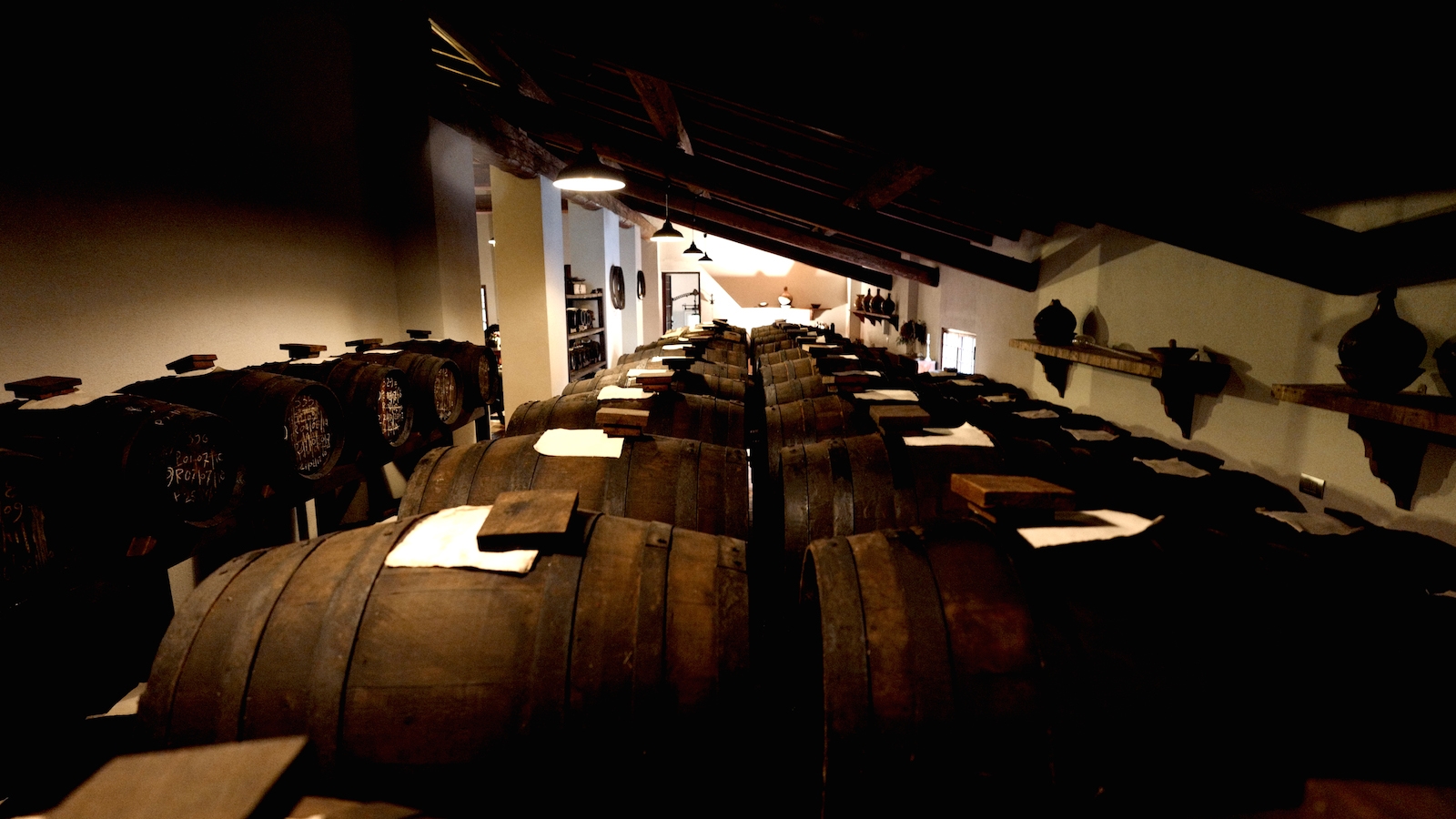An ancient cheese, indeed the oldest, produced since Roman times. Strong, penetrating, aged in terracotta amphorae and seasoned with oil and vinegar. A Slowfood Presidium from the province of Caserta to try, sparingly as is done with truffles
Conciato Romano is not among the oldest cheeses in the world; Conciato Romano is the oldest cheese in the world. Mentioned by Pliny as by Martial, it has been produced in the upper Caserta area since the time of the Samnites, but nowadays it is not a cheese for everyone, since we are no longer used to smells and flavors like this strong. In fact, for value and intensity, we could venture to define it "the white truffle of the south": it takes very little to give a unique touch to dishes as well as to pizzas, since there are infinite ones based on Conciato (we are still in Campania ). It was also the first Slow Food Presidium of the province of Caserta, in 2002; an important milestone for an area too often known for other reasons. And its history today is intertwined with that of people who no one has helped, if not their fatigue; people who have fought and who still fight, with their heads held high and their backs straight, without ever bending over.
The Roman Tanning
It owes its name to the original tanning technique, or the fact that in the past the cheese was cunzato, that is, seasoned with oil and vinegar and then placed in amphorae to be transported together with Falerno, the wine of ancient Campania. The addition of "Roman", on the other hand, is due to the discovery of Roman deposits on site, which only took place later. Today it is produced from sheep, goat or bovine milk, with kid rennet; after pressing by hand, the small wheels are salted, dried in the beech farmhouse and then tanned in this way: they are washed with the cooking water of pettole, a fresh pasta shape which, being a natural antibacterial, allows the subsequent absorption of the sauce. In fact, later, the forms are precisely tanned, that is, seasoned with extra virgin olive oil (preferably of the local variety), local wine, the ancient Casavecchia grape and chilli, thyme and oregano because those were there and still are in the mountains. Finally, its destiny is to mature for a long time, at least 6 months, both in glass demijohns and in amphorae, so that it can absorb all those smells that it will release so intensely when it comes out. An unforgettable moment every time, as if all those years of history came out of that amphora with each seasoning. This, at least, is the Tannery of the La Campestre farmhouse, the only one to ensure one traceability total on their product: "I always hope they come and check here, so they see how we work"Liliana Lombardi.
The La Campestre farmhouse
Liliana Lombardi, between the two women today at the reins of the Agriturismo La Campestre in Castel di Sasso, wanted to keep the sheep and over time managed to convince her husband, Francesco, who had already grown up with the sheep. Of their two children Manuel, the oldest, has always had clear ideas about his IT future; while Fabio, the younger brother, has always preferred the earth to books; that same land that first gave it life and then took it away, one day like any other, on a tractor. It is after this tragedy that Manuel and his wife Eulalia have no doubts and decide to join their parents with the same sang 'and soul of his brother to carry on his dream: to make the Roman tanning known in the world, practice clean agriculture and restore dignity to the work of the farmer, especially in an area like Caserta. Today La Campestre, from the name of the locality, also has rooms and a restaurant (the Conciato museum is coming soon), where only dishes based on their products are served. Alternatively, there is no shortage of restaurateurs who from Caserta to Los Angeles get their supplies from the Lombards, such as Rosanna Marziale, Among the first customers for years now, or Maria Rosaria Stellato, who has just opened his restaurant.
Where to eat the Roman Conciato
The grit and exuberance of a hurricane in life, the delicacy and precision of a surgeon in the kitchen: this is Maria Rosaria Stellato from the restaurant My soul of Caserta, opened just last July 2017. Here the soul is first of all what she puts into it, class of '87, always well anchored to her land and its products, including first of all the Roman Conciato de La Campestre , in the 12-month menu on 12. We find it in dishes such as grilled octopus with papaccella and potatoes, where the Conciato enhances everything, while the result is different in the burnt wheat ravioli with garlic, oil and chilli on pumpkin cream, not to mention theClock of flavors: it's his cheese tasting, where the Roman Conciato is paired with a dark chocolate. Exactly its two souls. Exactly the two souls of this land.


